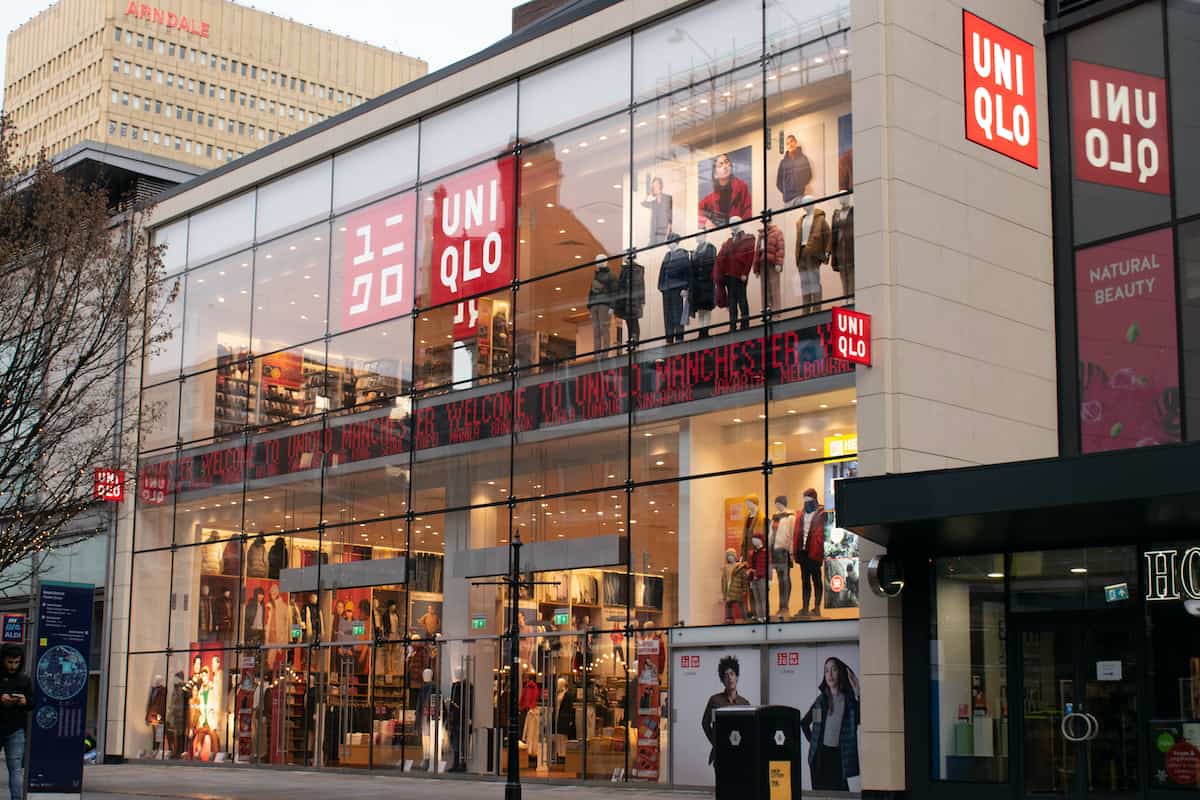Technology’s promise of ‘a click of a button’ retail utopia for analysing data has been undermined by the quagmire of disparate data sets, legacy silos, time-intensive data ingestion and data quality issues – making deep, quick analysis and data-driven decisions difficult.
Data comes in a vast array of forms and languages, spread over multiple systems and collected on a variety of spreadsheets. It resides in systems that aren’t always visible across all departments from merchandising and promotions to returns and logistics.
Every time a shopper buys an item from a store or ecommerce site, a complex flow of data is triggered around replenishment, containing valuable data signals. Was the item on promotion? What was the size, colour and style? Was the purchase related to a public holiday, life milestone or the weather? Was a loyalty card used? What was the profile of the purchaser?
Knowing common trends around shopping cart abandonment, the return of existing customers versus new customers, and the impact of personalised promotions is still a pipedream for many smaller players that lack the IT budgets or analytic resources of the retail giants.
Historically, the answer has been to overload data analysts or data scientists with requests for numerous reports – not a scalable or timely option and not a great use of time or talent – provided you even have such skills available in-house.
What’s missing is the ability to unify data from across different business operations and across different data sources to make it easy to access. From store managers to merchandisers and marketers, everyone responsible for boosting sales and improving margins should have access to real-time data about sales performance.
That’s where machine learning and augmented analytics comes into its own by offering retailers the ability to unite a huge variety of data, providing a full overview of activities and sales performance.
Retailers save considerable time by automating data ingestion, melding sources such as live sales data, customer demographics, partners’ performance and stock levels. This not only significantly improves stock levels, but also makes those metrics actionable so you can get on with the task at hand – building sales and increasing revenues.
Today, retailers must be able to read and slice data in different ways and in some cases multiple times a day. Drilling down into data in a timely fashion and knowing with certainty whether there is a need to change and react, and/or spend more or less in online promotions.
Companies such as Figleaves, who deployed Avora’s machine learning-based augmented analytics platform, are now able to adopt a narrow and deep approach to merchandising, allowing teams to see at a glance and in real-time which items are selling best, and stock the most popular items based on which products are selling fast and which need replenishing.
Some items such as clothing have return rates of 70%, and it is calculated that some retailers must sell an item three times for it to remain sold. A centralised data analytics platform allows real-time measurement of which items are in stock, which are being returned and which are being kept. By stocking the most popular items, returns are reduced creating a faster throughput of merchandise. It also gives granular insights into any correlations or trends around returns and consumer demographics, colours or sizes.
Using machine learning algorithms to offer smart alerts, augmented analytics enables users to keep on top of specific metrics and set custom alerts to understand what is driving changes to key metrics through root cause analysis. This instantly examines the reasons for a change in metrics, saving users time as they investigate these trends – taking the guesswork out of retail data and sharpening analytics for the digital age.
Manjit Johal is Chief Technology Officer for augmented analytics specialist, Avora.






